Dot Two: Porsche 911s mid-generation evolution
It’s not just Hollywood that loves a sequel
This week Porsche unveiled the 992.2 generation 911. It was a big deal because for the first time ever, the 911 incorporated hybrid battery technology. It wasn’t the first time however that Porsche have carried out ‘mid-life’ updates on their 911s. In fact, they’ve been doing this consistently since the 996.2 generation was released in 2001. And the updates are not insignificant. Contrary to popular belief, the changes Porsche have made over the years are noteworthy, particularly from an engineering standpoint.
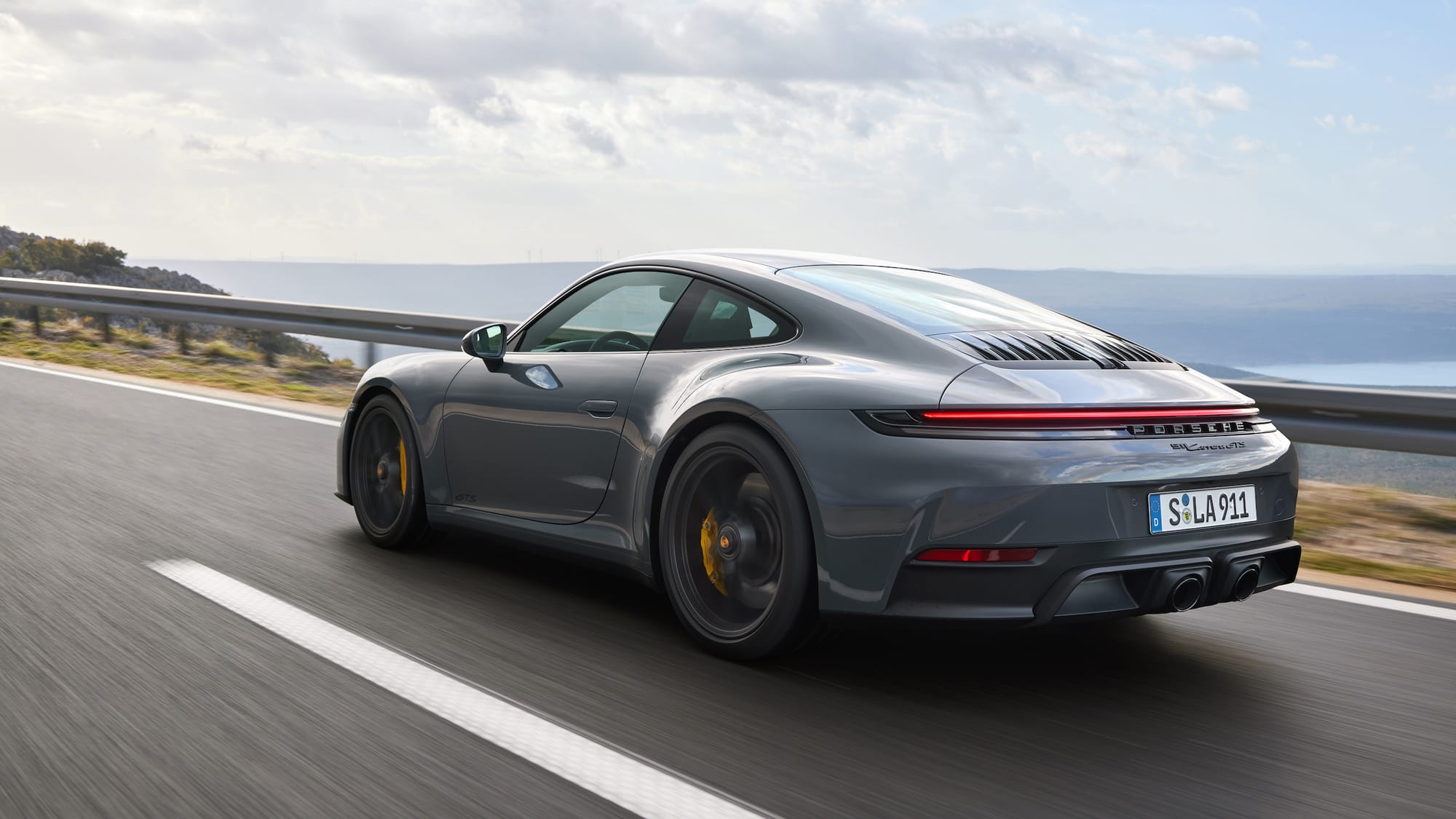
Equally as significant is the anticipation from Porsche enthusiasts. Few manufacturers garner as much hype and attention around a 'facelift' as Porsche do. With that in mind, we decided to take a closer look at the mid-generation evolution of 911s, starting with the 996. The first Porsche 911 model to formalise the .2 nomenclature.
Written by Archie Hill for The Apex by Custodian.

996.1 vs 996.2
The 996 has long been the most controversial generation of 911, thanks to the switch from air-cooled to water-cooled engines, and significant styling changes (I refer of course to the ‘fried-egg’ headlights). But perhaps now that has changed with the introduction of hybrid tech on the 992.2 (more on that later).
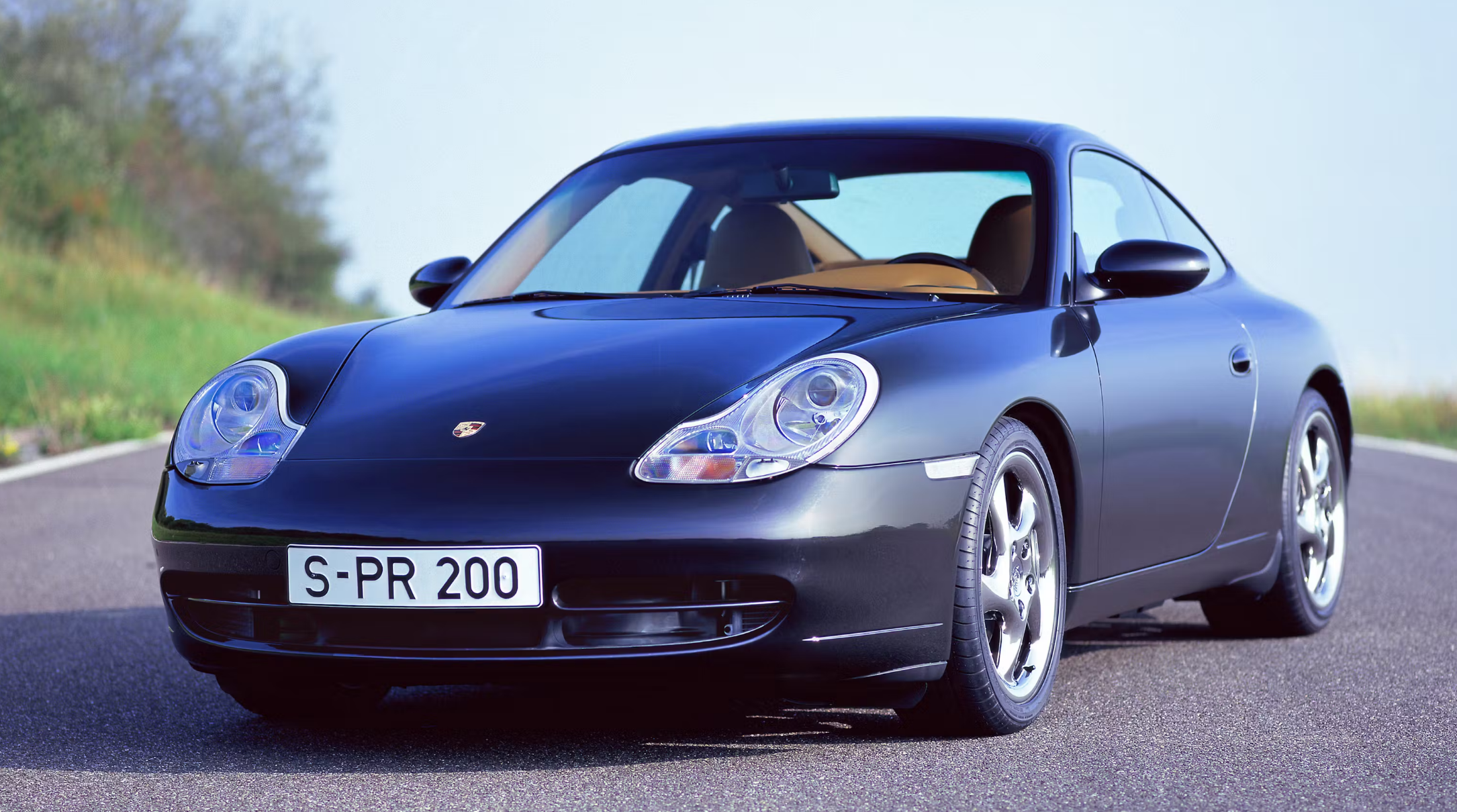
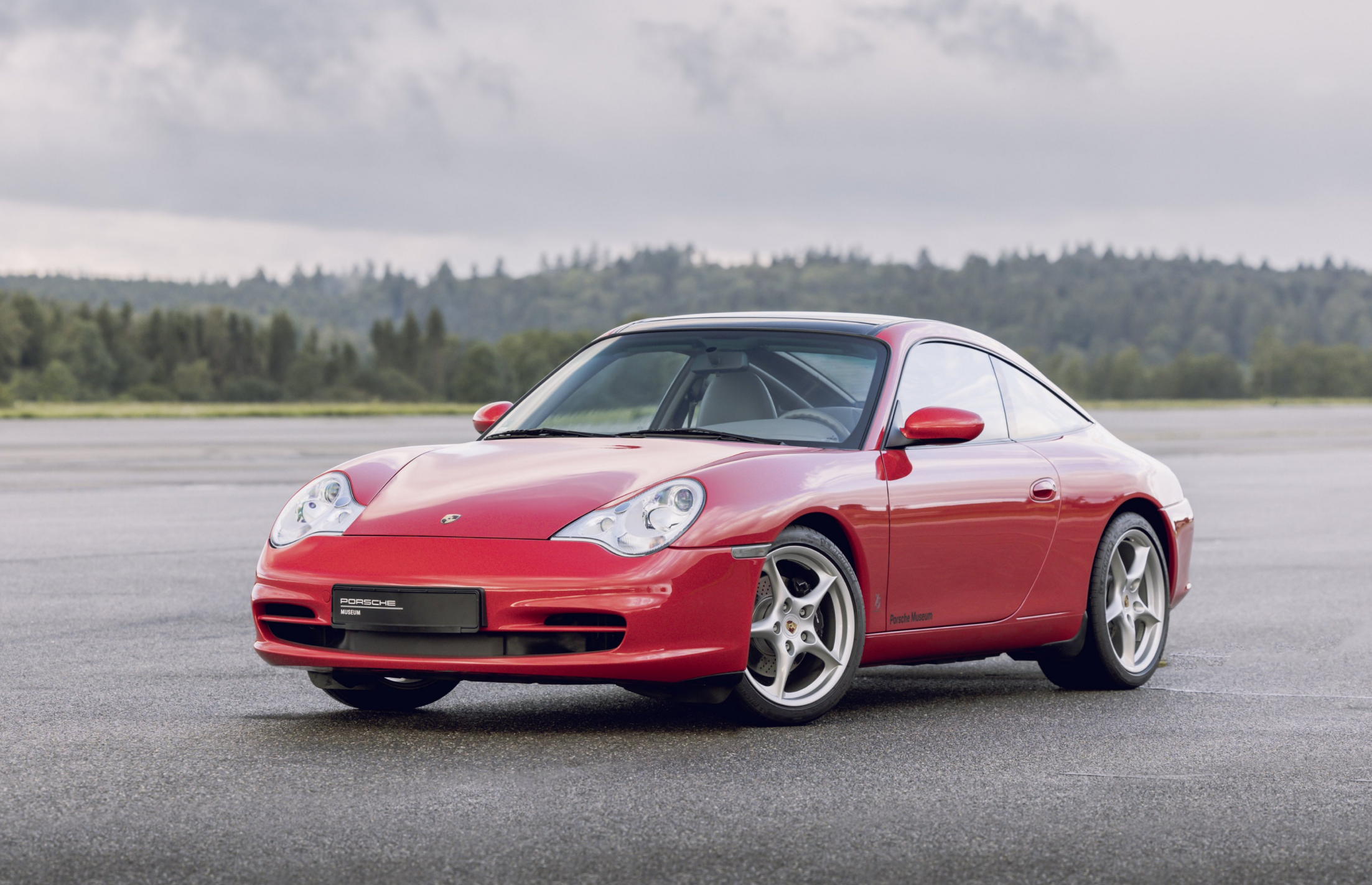
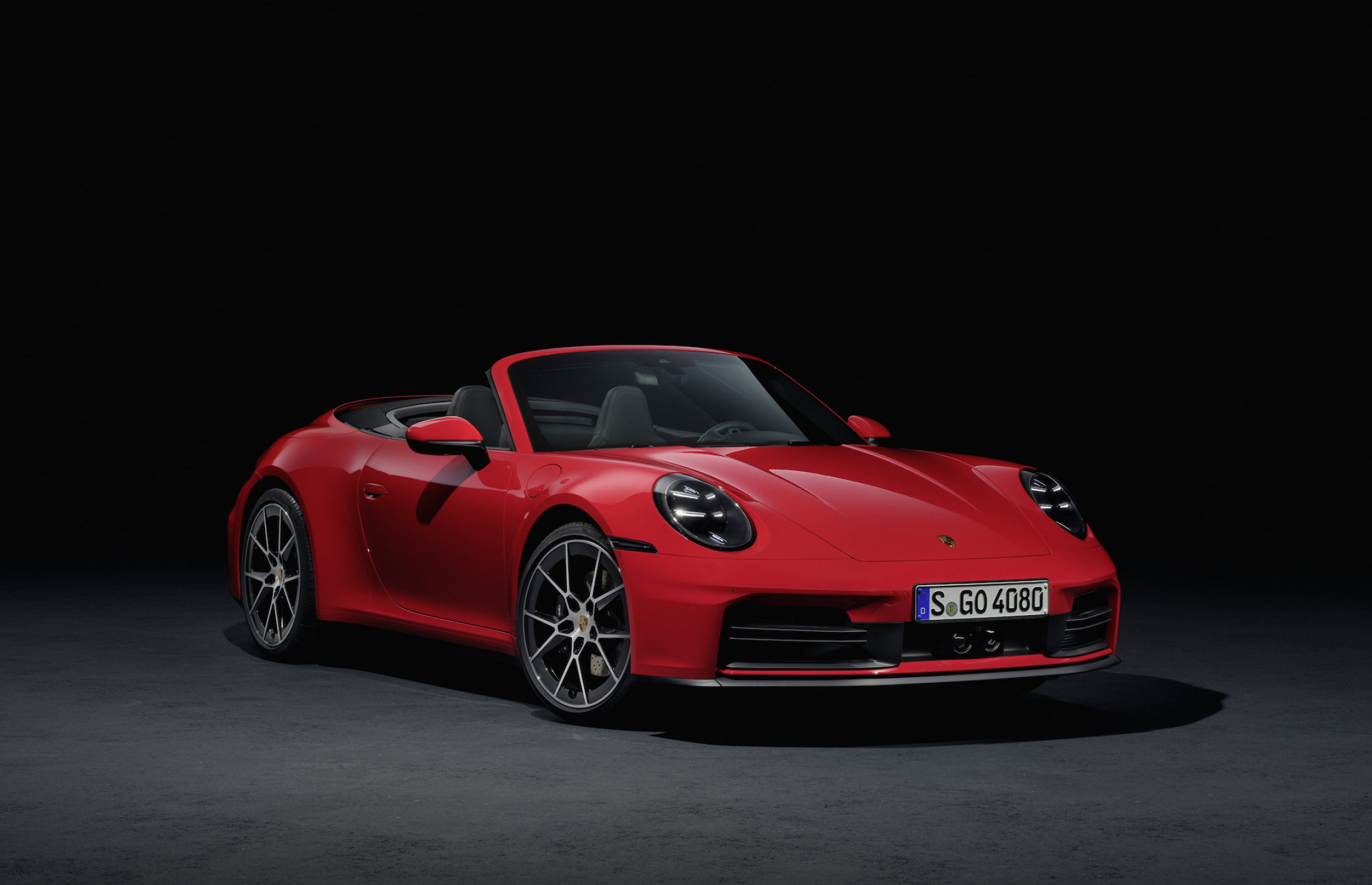
Top: 996.1 Carrera // Left: 996.2 Targa // Right: 992.2 Carrera Cabriolet // Credit: Porsche Newsroom
Either way, the 996.1 certainly ruffled some Porsche purist feathers. Which would explain why in late 2001 Porsche released an updated version of the 996, with the primary aesthetic change being the revised headlights with the ‘yolk delete’, referring to the yellow light positioned just below the main headlight. This distinguished the 911 from its more affordable Boxster sibling, but the changes went beyond mere cosmetics. The 996.2 Carrera's also benefited from a boosted power plant, going from a 3.4 litre, flat-six engine with 296bhp, to a 3.6 litre engine with 320 bhp. A theme that would continue with later generations.
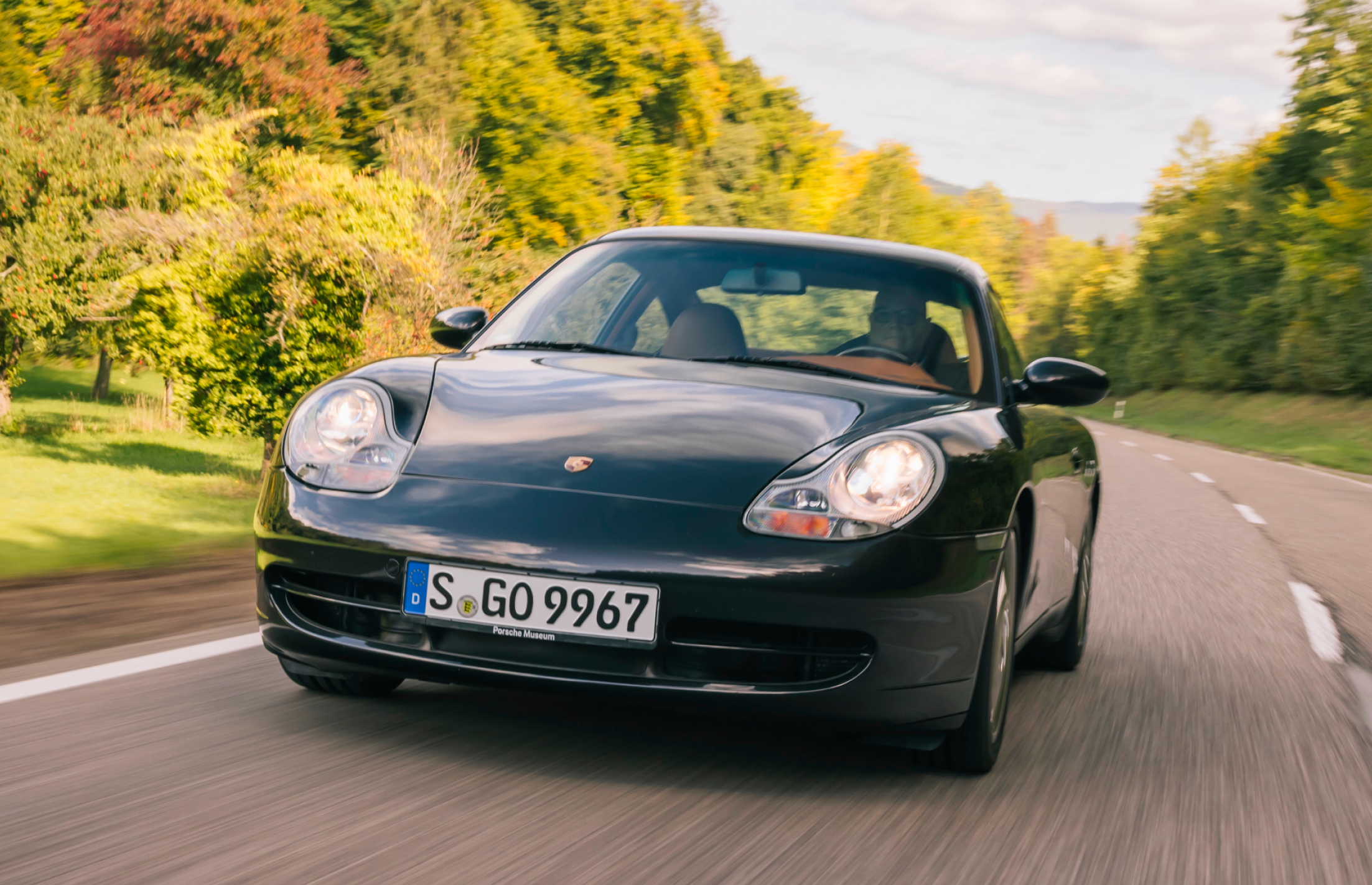

Left: 996.1 Carrera // Right: 996.2 Carrera Cabriolet // Credit: Porsche Newsroom
If you read the Porsche forums, most would agree that the 996.2 is the ‘better’ car. You also have more choice because the 996 Carrera 4S, Targa and Turbo were released as part of the ‘mid-life’ update. However, the 996.1s do have a bit of a cult following, especially nowadays with nice examples becoming harder to find. This is especially true of younger drivers who are perhaps looking to buy their first 911, and grew up with the 996. This renaissance of sorts, has pushed prices towards 997 territory.
997.1 vs 997.2
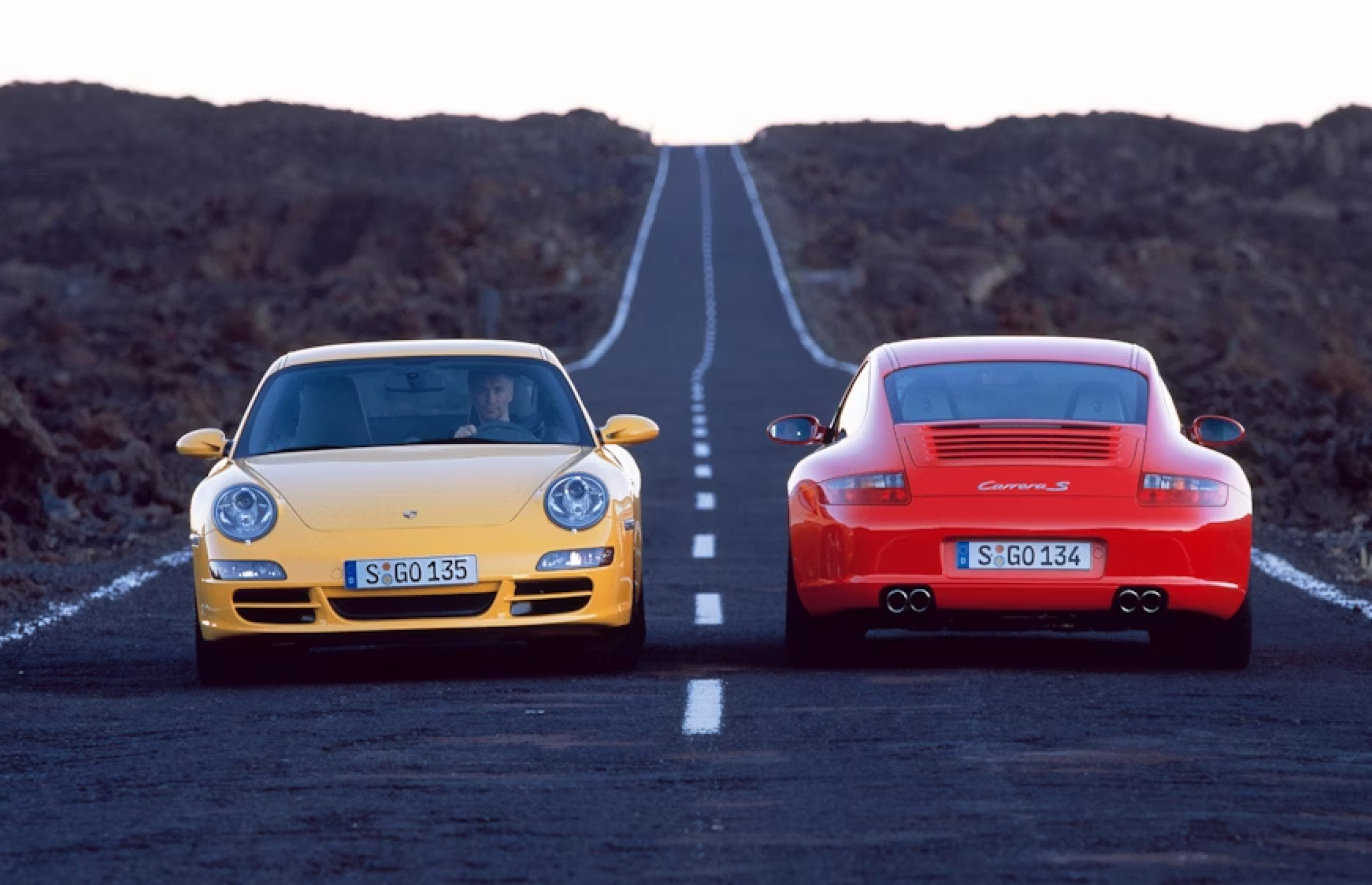
Ah yes. The 997. Arguably the sweet spot in the 911 lineage. It’s relatively small, it’s naturally aspirated, it’s handsome and it’s modern enough, but not too modern. It was also a huge success for Porsche, with approximately 213,000 cars built over an eight-year period spanning 2005 to 2012. And unlike the 996 facelift, the 997 update hardly changed at all when it came to the looks.
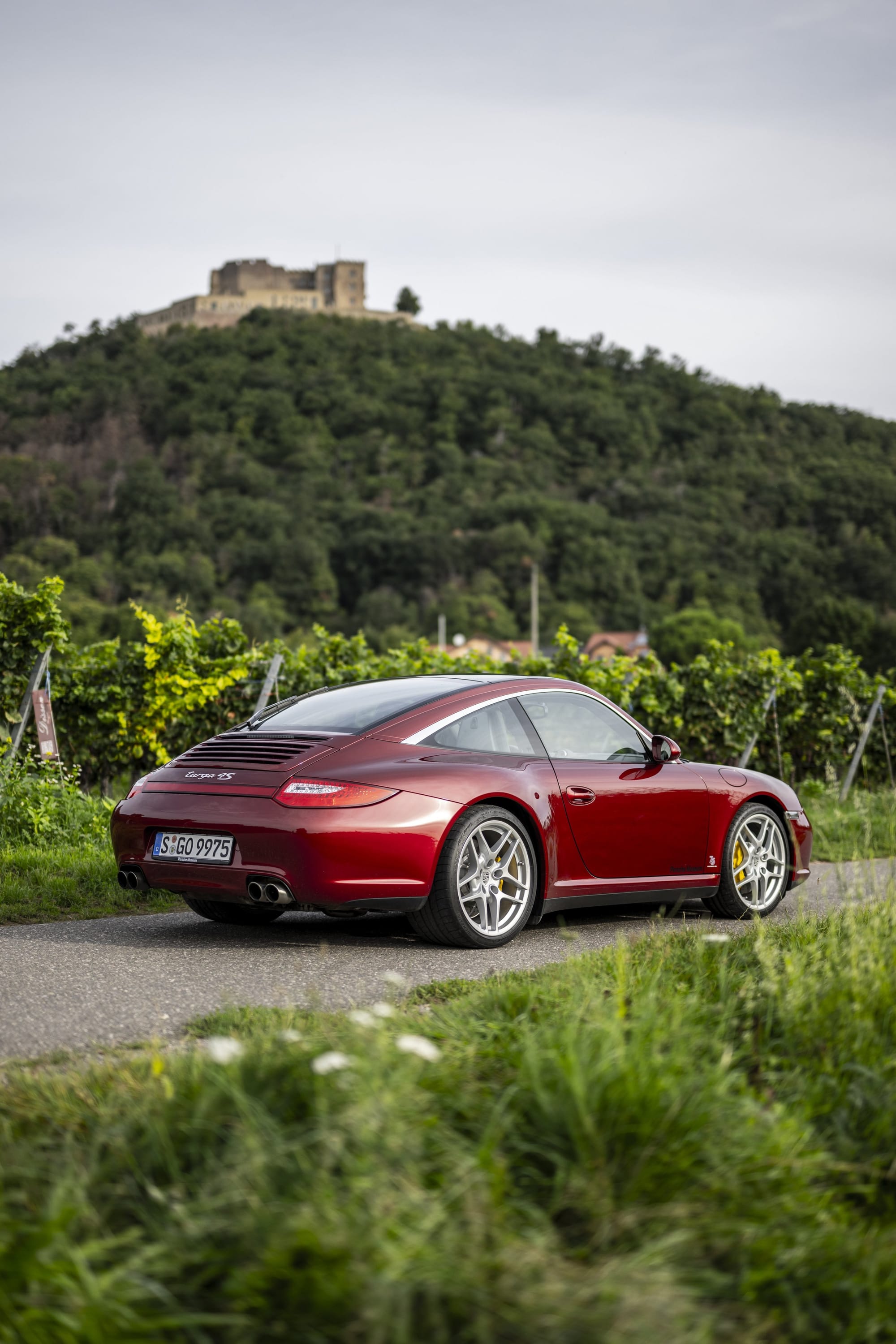
The easiest way to tell them apart is by looking at the taillights. On the 997.2 they are more pointed and visually stretch the car, which makes the car look a little more modern in direct comparison to the 997.1.
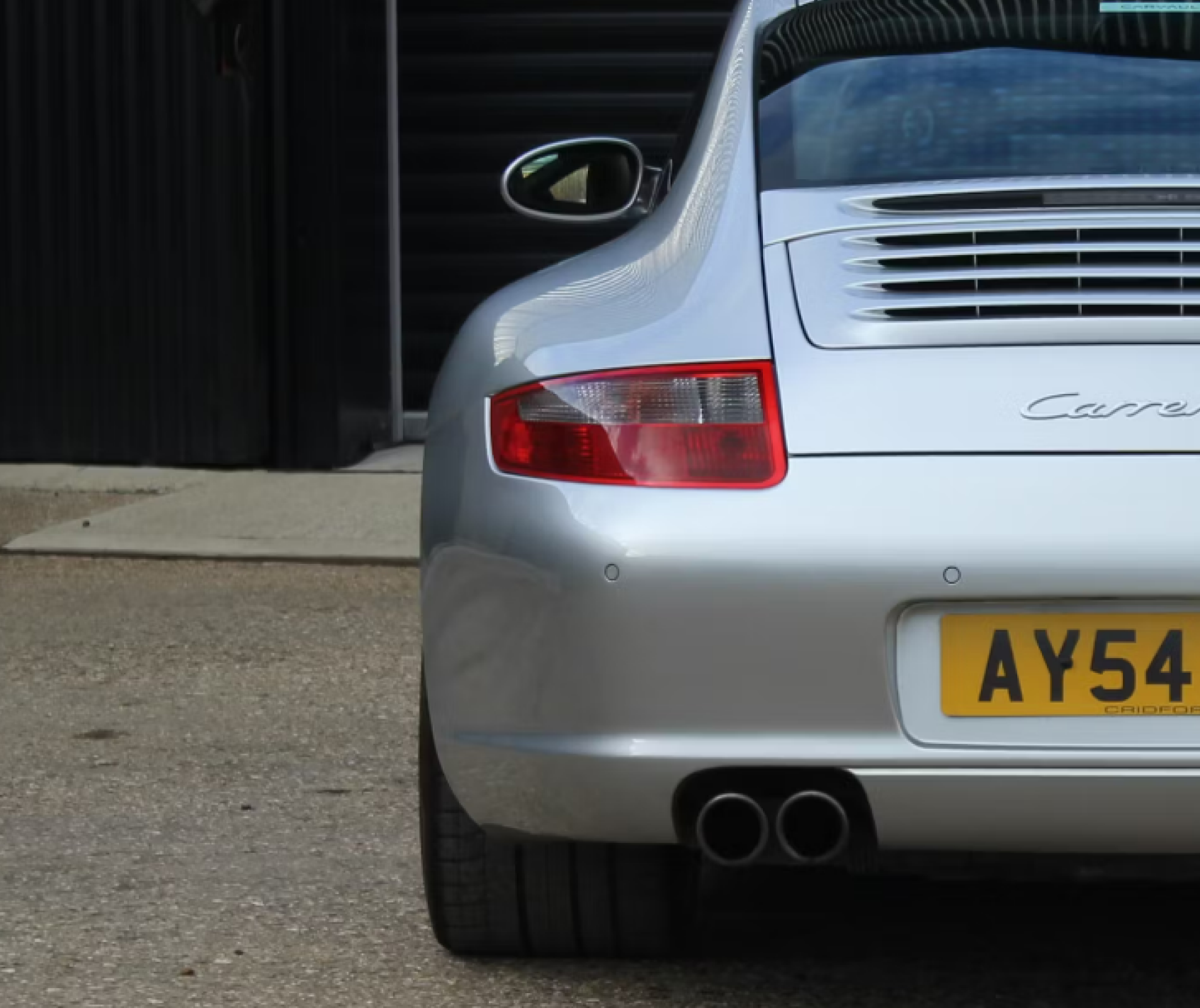

Left: 997.1 Carrera S currently for sale here on the Showroom with Car Vault Co // Right: 997.2 Carrera S previously sold by Hangar 136 // Credit: Car Vault Co // Hangar 136
The biggest changes were the engine and gearbox. The engine in the 997.2 benefited from direct fuel injection technology, which resulted in better mpg, lower emissions and quicker throttle response. Crucially, it no longer has an IMS bearing, which was a weak point of the 997.1 engine. The cylinder liners were also changed and this reduced the opportunity for unwanted bore scoring.
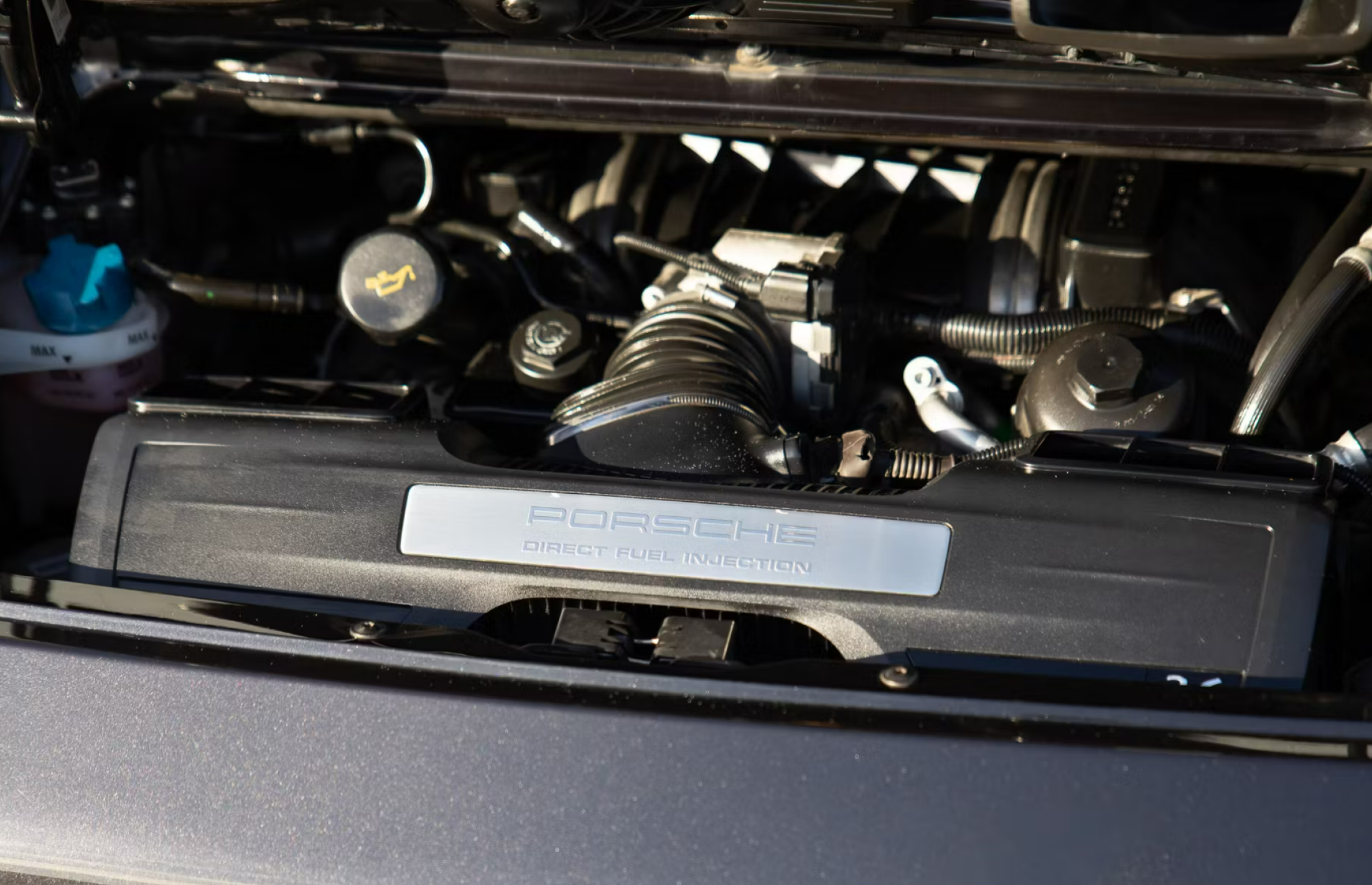
991.1 vs 991.2
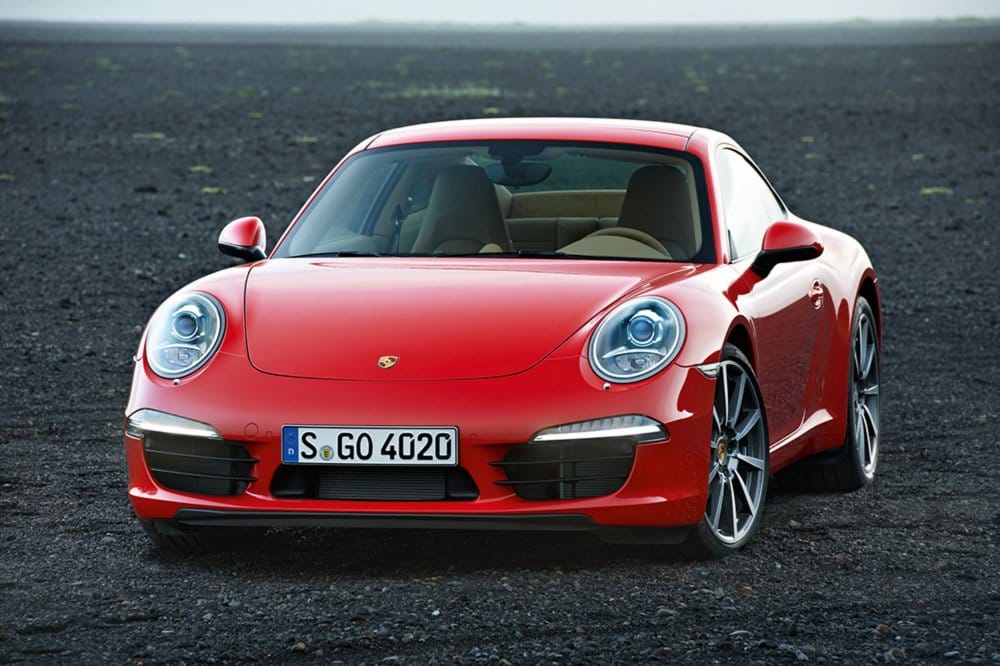
The 991 debuted in 2011, and despite being dubbed the most attractive 911 in decades, it faced significant criticism for its new electric steering, which left drivers feeling less connected to the road. But that was pretty much the only negative, which is hardly a surprise when you have 50 odd years of evolution and innovation behind you.

The real jewel in the 991.1 crown is the fact that it was the last naturally aspirated Carrera ever, and that’s because the 991.2 Carrera’s were given a 3.0 litre twin turbocharged engine. But despite the forced induction, the 991.2 still revs to 7,500 RPM which is only 300 RPM off the 991.1.

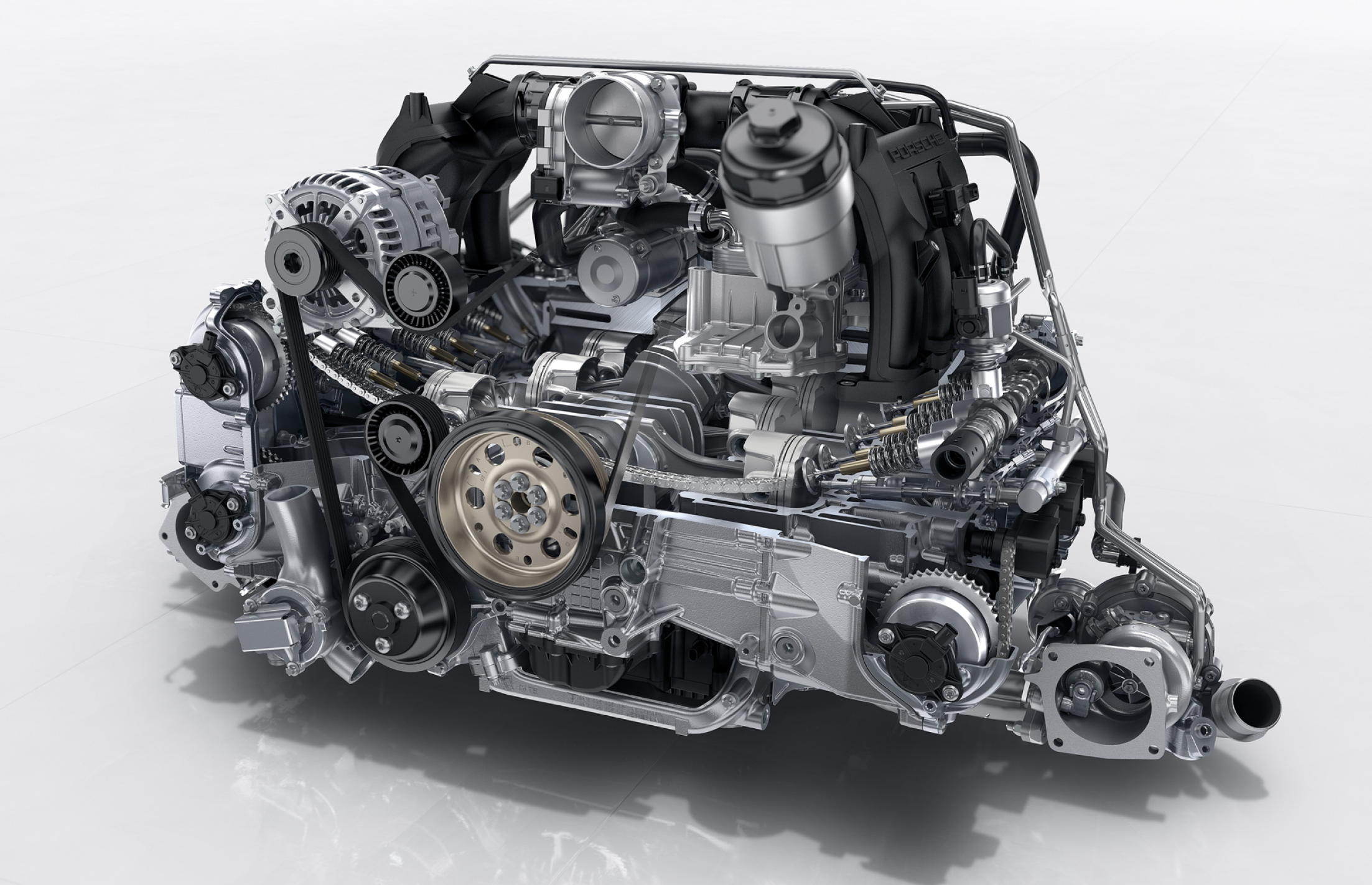
Left: The 3.8 litre naturally aspirated flat 6 engine from the 991.1 Carrera S // Right: The 3.0 twin turbocharged engine from the 991.2 Carrera S // Credit: Porsche Newsroom
The easiest way to tell them apart aesthetically is again to look at the rear. The 991.2 taillights were redesigned with a 3D shape, and the exhausts on the 991.2 Carrera’s are centre exit.
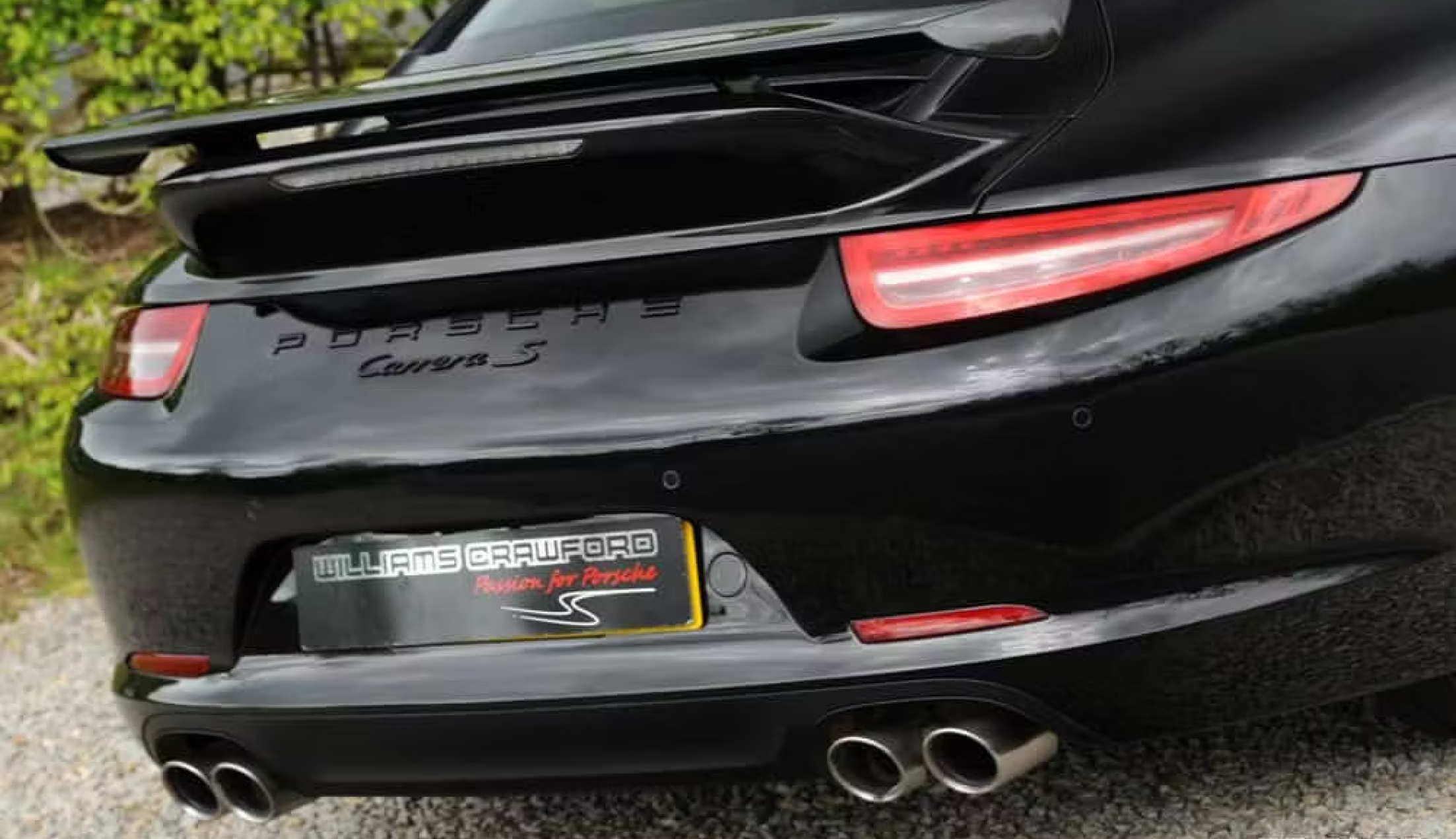

Left: 991.1 Carrera S currently for sale on the Showroom with Williams Crawford // Right: 991.2 Carrera S currently for sale on the Showroom with Williams Crawford // Credit: Williams Crawford
992.1 vs 992.2
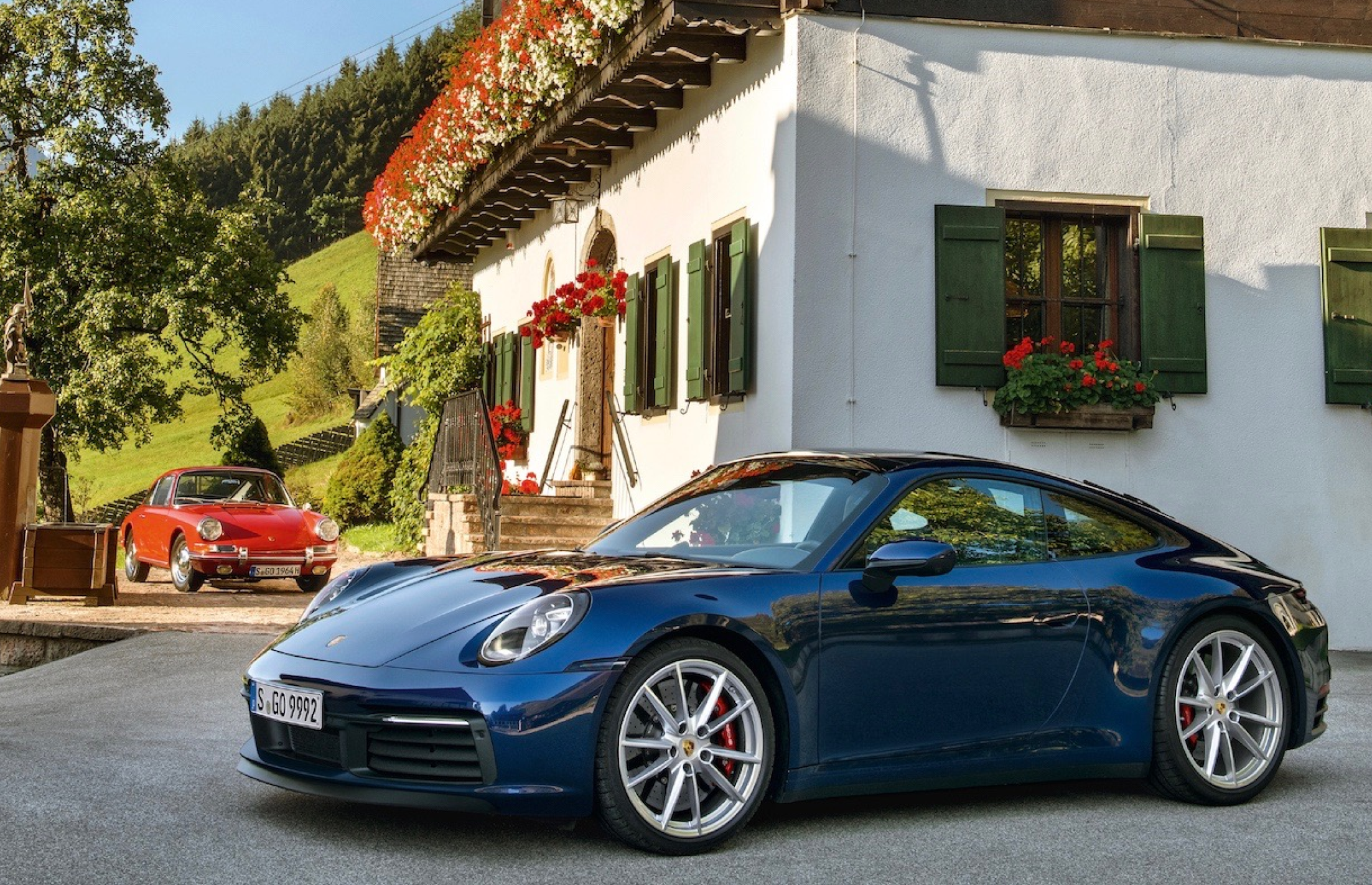


992.1 Porsche Carrera // Credit: Porsche Newsroom
It’s crazy to think that the 992 generation 911 debuted six years ago in November 2018. While it is unmistakably a 911, it is bigger, chunkier, and more brutish than its predecessor. It is also a lot more expensive. The list price for a base model Carrera is £97,000. But the real talking point is the brand new 992.2 which was unveiled by Porsche on Tuesday.
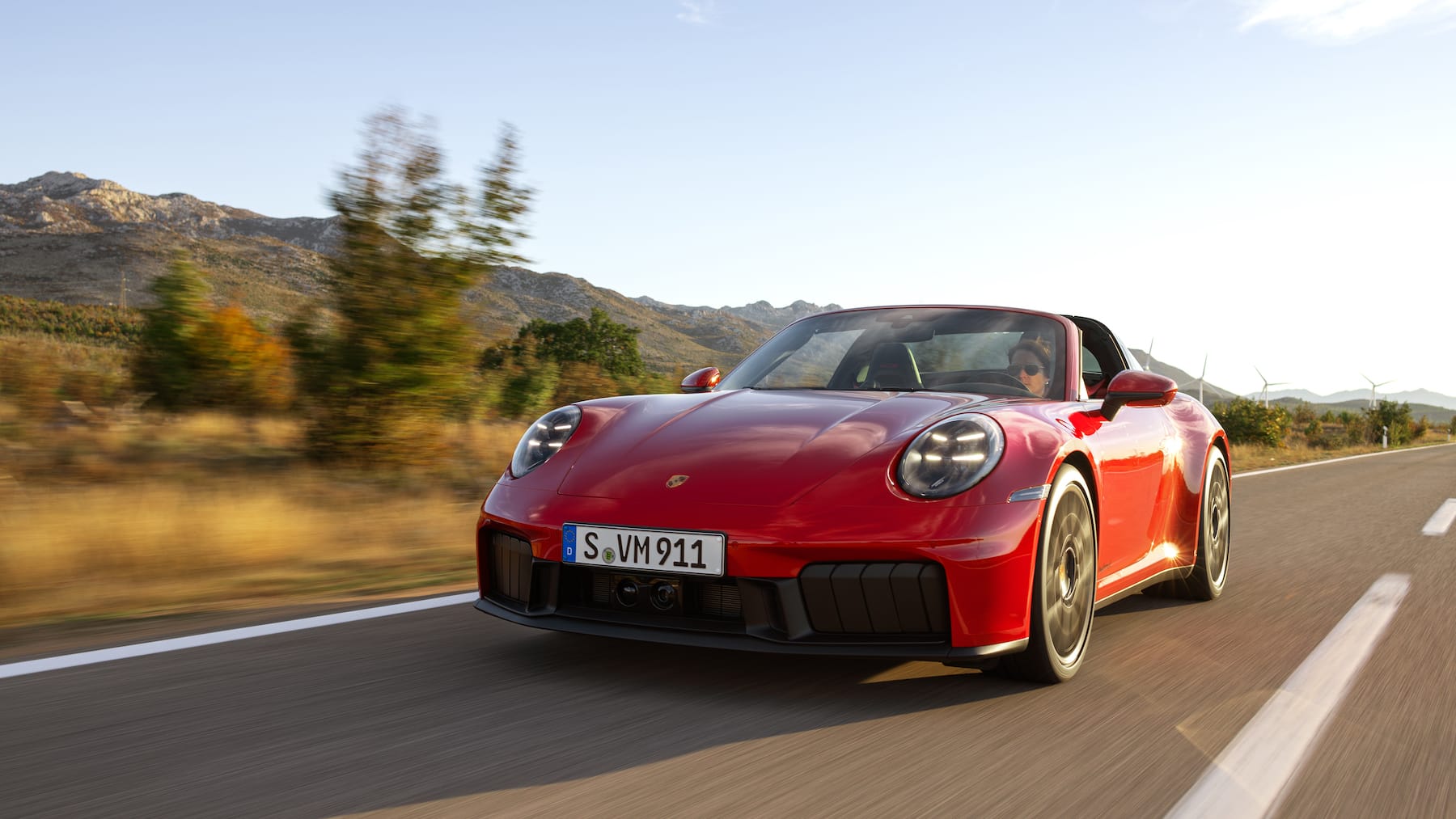


992.2 Porsche Targa 4GTS // Credit: Porsche Newsroom
Porsche made history as it introduced the first 911 to incorporate hybrid technology. But it is not really a hybrid in the way that one might think. You can’t plug the car into an electric charging station for example. Instead, the GTS model has two electric motors. One in the 8 speed tiptronic gearbox that adds 55bhp of boost (which means no manual option), and the other located inside the turbo.
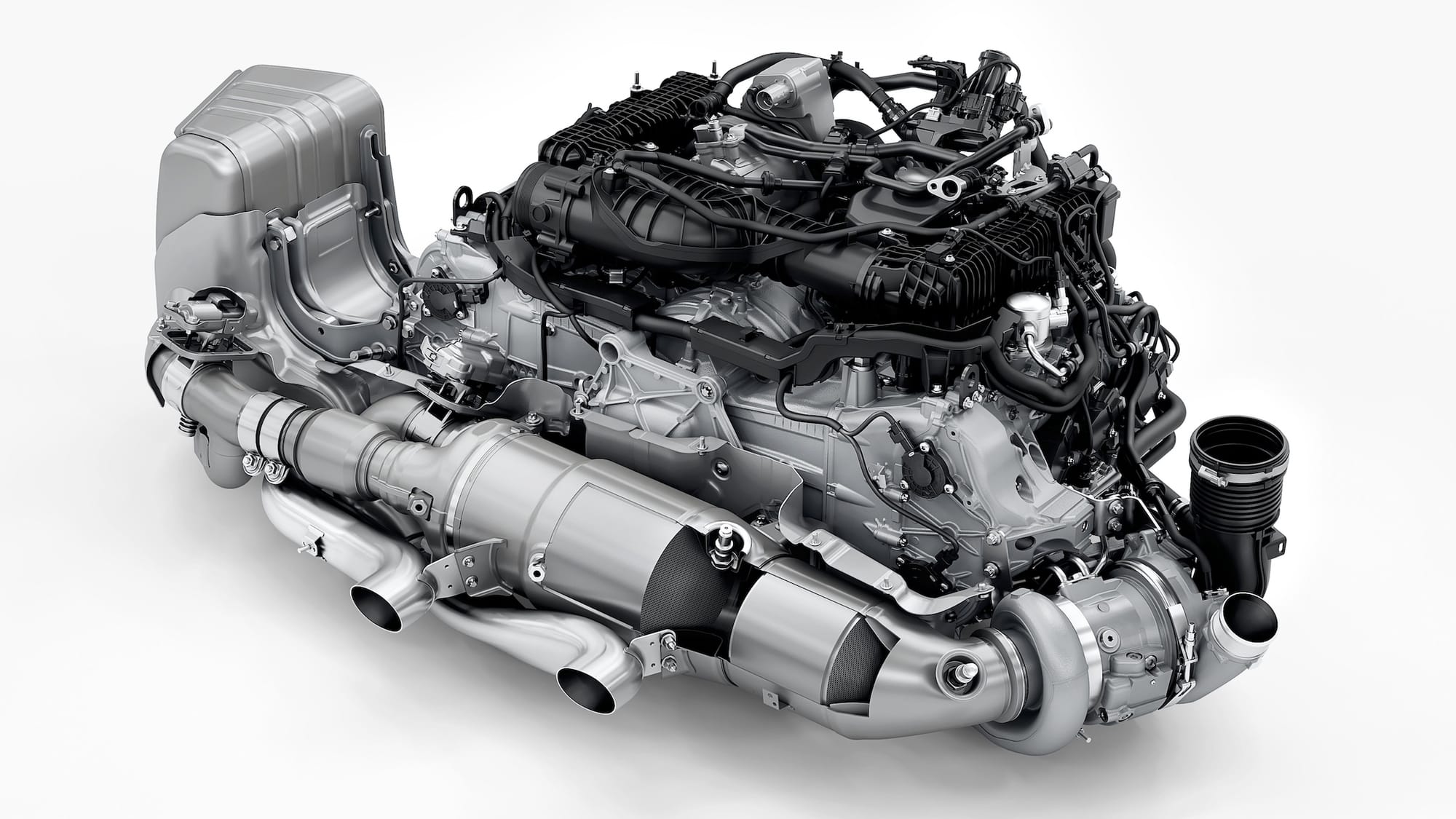
Porsche 911 Carrera GTS 3.6-litre six-cylinder boxer engine // Credit: Porsche Newsroom
The one inside the turbo is the interesting one because it has basically eradicated turbo lag. The electric motor spools up the turbo without having to wait for exhaust pressure to build, which means it will do 0-60 in 3.0 seconds, a standing ¼ mile in 10 seconds, and has a power output of 534bhp, while the recharging takes place under braking and from excess exhaust gases. Very clever. The added weight from the electrification is an extra 50 kg, but the increase in performance means it probably isn’t noticeable.
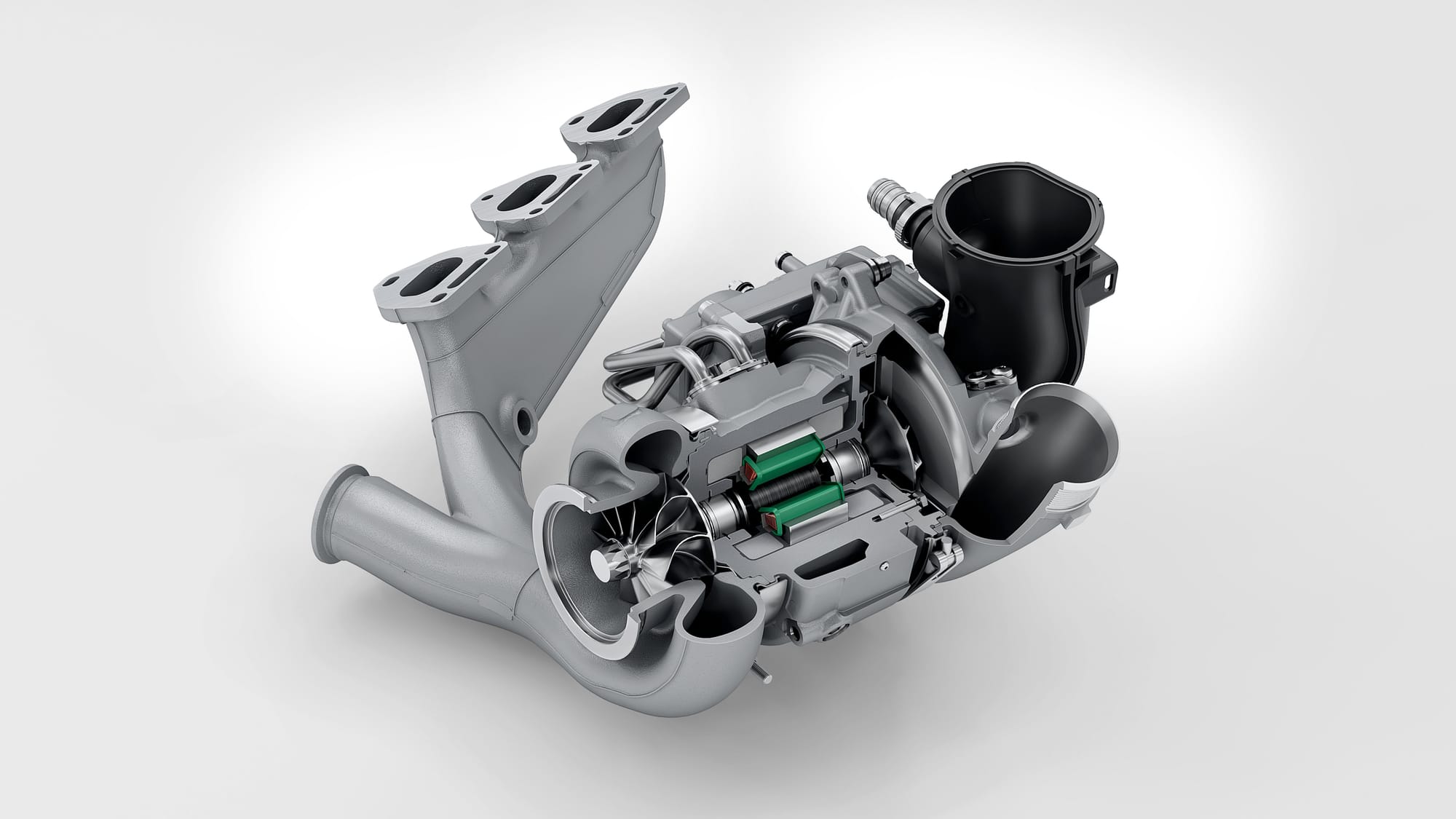
From a visual point of view, the styling changes are subtle. The front fog lights have been incorporated into the main headlights, and once again, centre exit exhausts feature on the GTS.

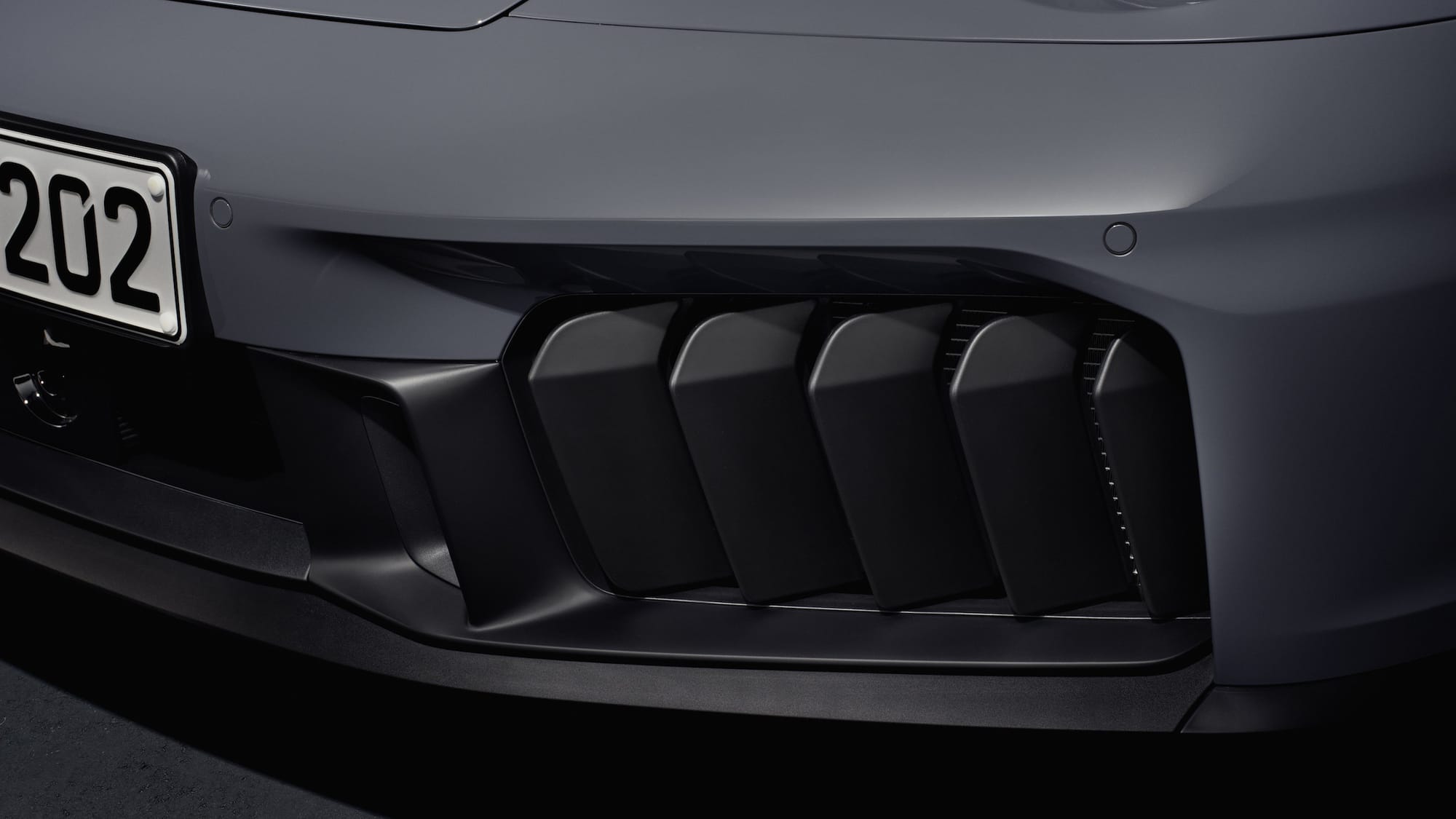
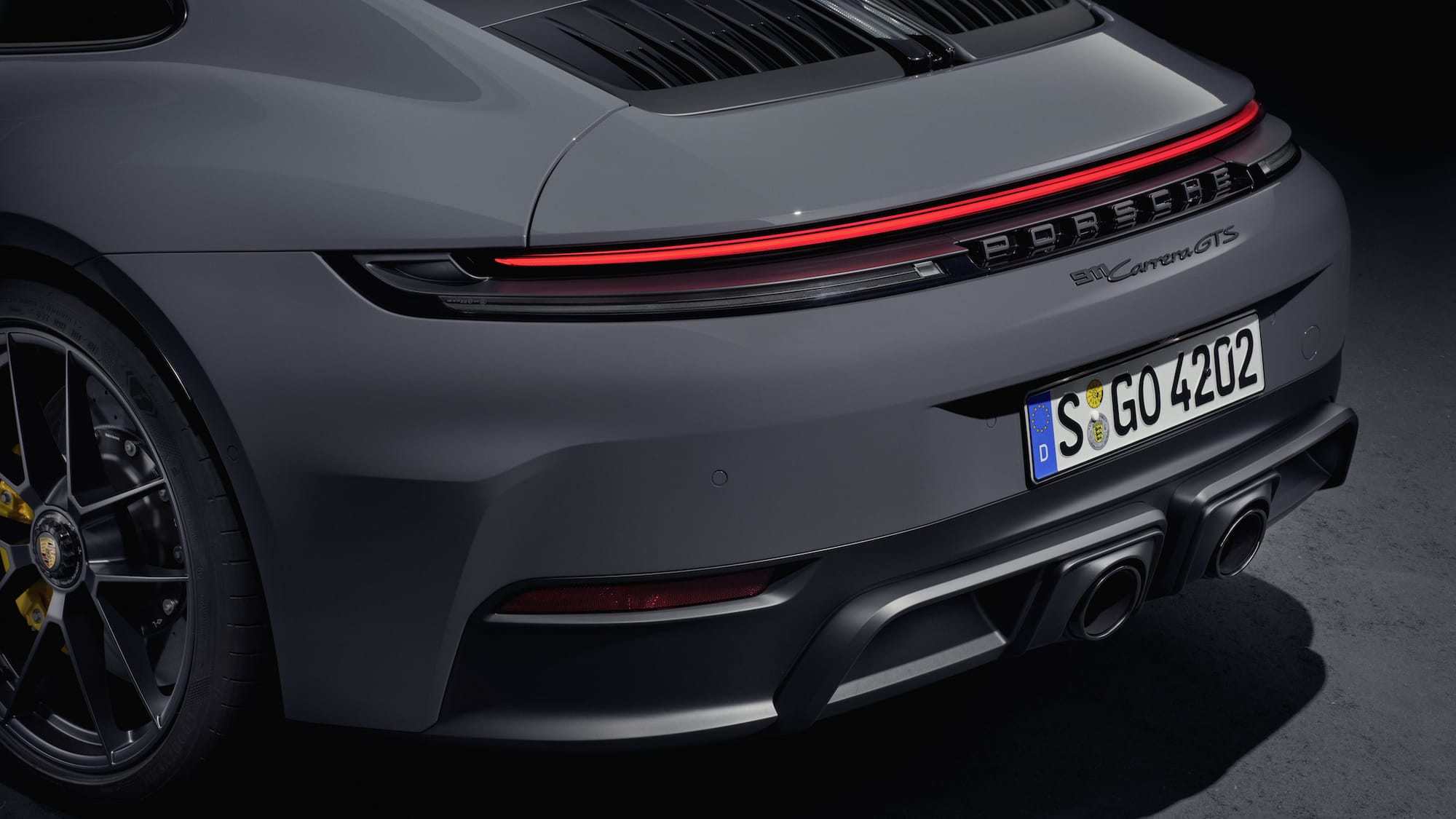
992.2 Porsche Carrera GTS // Credit: Porsche Newsroom
Given all the effort Porsche have put into the T-Hybrid system, it’s surely only a matter of time until it appears in all models.

